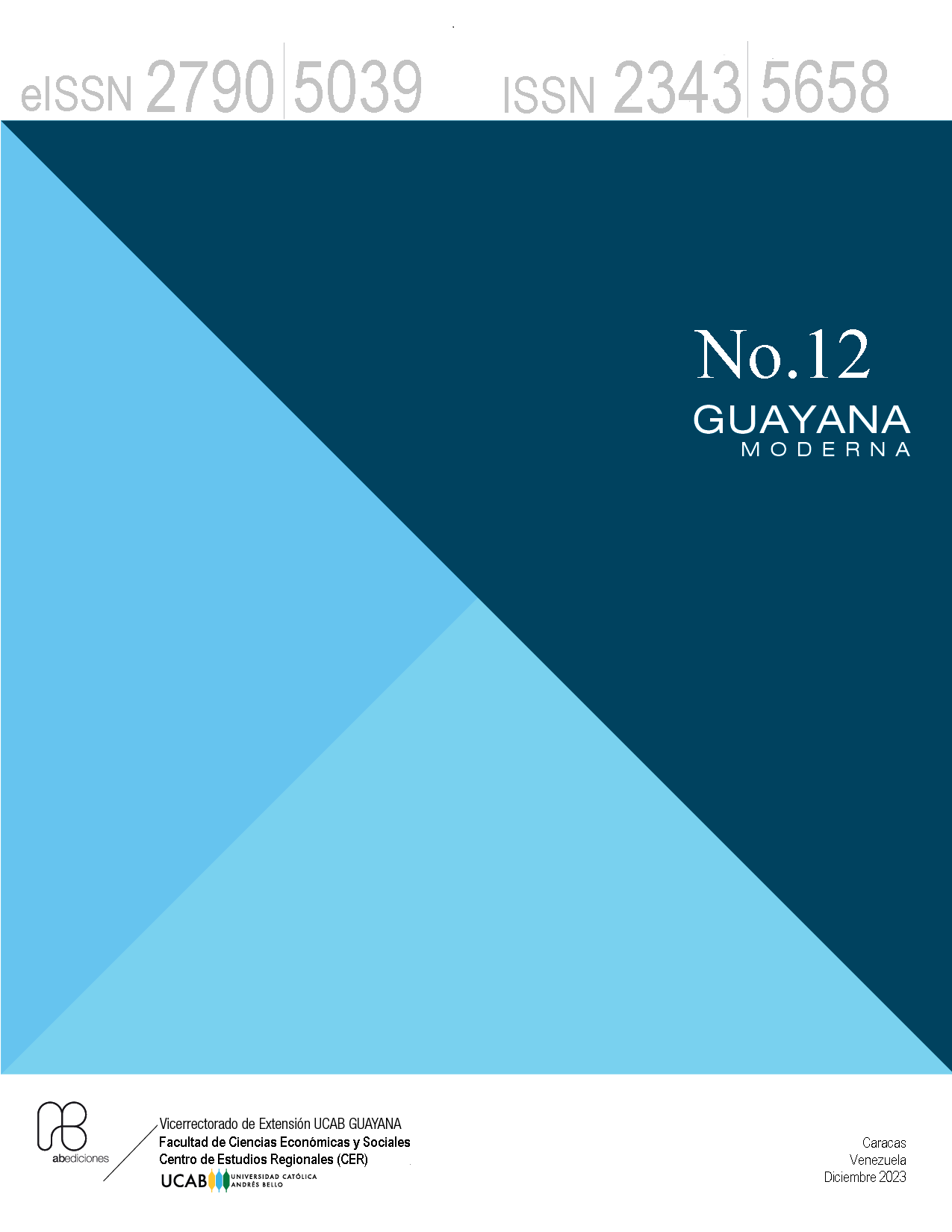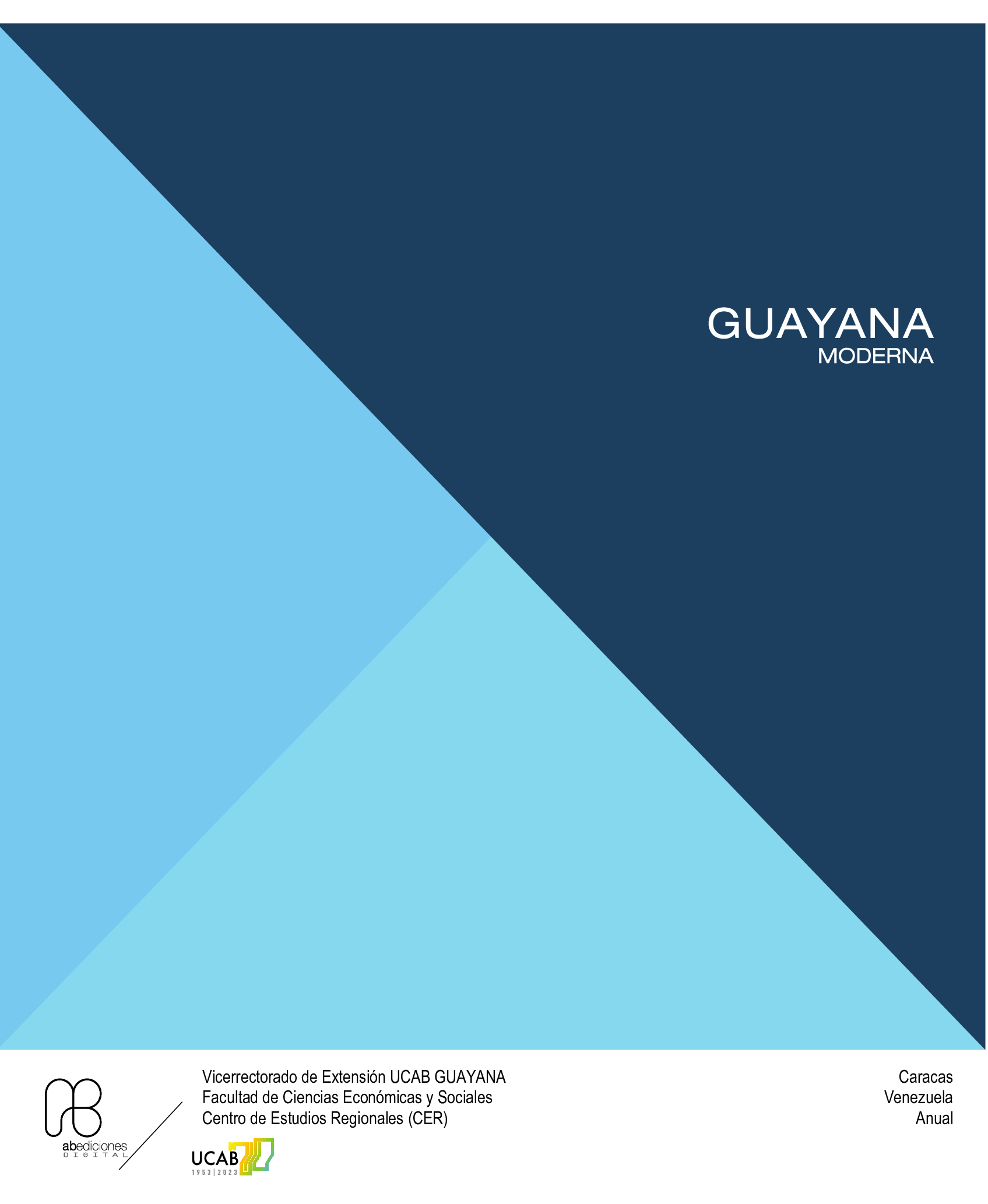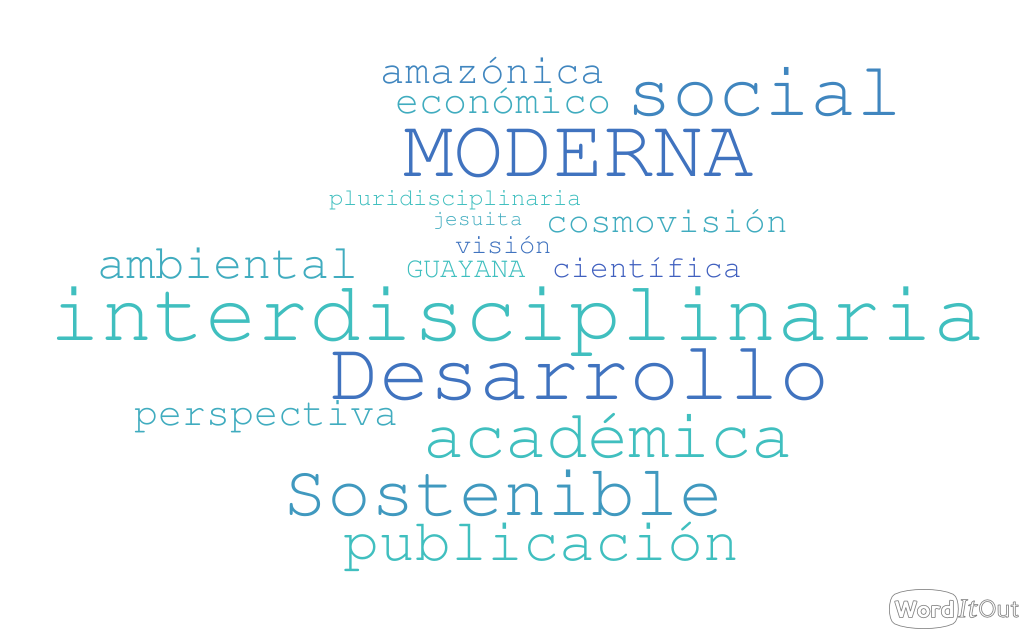Results of using the energy aliquot algorithm in a specific case: the Guayana Region
DOI:
https://doi.org/10.1234/gm.v12i12.6381Keywords:
Cost of energy, Guayana, Energy subsidyAbstract
The application of an energy aliquot model was presented, which allows verifying the conditions, taking into account the operational aspects and the possible impact of the climate change, developing an approach applicable to a specific context, the Guayana region, to guarantee that a service provider to be profitable and economically efficient, taking into account the social costs of carbon. The model is verified from the macro levels to the specific case and considers different operational aspects based on the discrete time model to estimate the optimal routes based on the interrelation of costs. Starting from the premise that a linear and obsolete model of more than twenty years is currently applied, in such a way that it needs to be changed, for which all the predominant variables must be included, which allow obtaining optimal results for both the provider of the service and for users, which can cover the different types of services, based on simulations of the National Electric System [SEN], in the most realistic operating conditions possible, since in order to recover it, large investments are required; therefore, it will be necessary to attract external capital, and the profitability of any project must be guaranteed.
Downloads
References
Andruszkiewicz, J., Lorenc, J., & Weychan, A. (2019). Demand price elasticity of residential electricity consumers with zonal tariff settlement based on their load profiles. Poznan University of Technology, 22.
Arvanitidis, N., & Rosing, J. (1970). Composite Representation of a Multi reservoir Hydroelectric Power System. IEEE Trans, PAS-89.
Aryanpur, V., Ghahremani, M., Mamipour, S., Fattahi, M., Gallachóir, B., Bazilian, M., & Glynn, J. (2022). Ex-post analysis of energy subsidy removal through integrated energy systems modelling. Renewable and Sustainable Energy Reviews, 158.
Asamblea Nacional. (1989). Normas para la determinación de las tarifas del servicio Eléctrico. Imprenta Nacional de Venezuela, Art. Gaceta oficial de la Republica, No 34.321.
Asamblea Nacional. (2002). Resolución mediante la cual se fijan las tarifas máximas que aplicarán las empresas eléctricas. Imprenta Nacional de Venezuela, Art. Gaceta Oficial N° 37.415.
Asamblea Nacional. (2017). Comisión Mixta Para El Estudio De La Crisis Eléctrica En El País Informe Final. Imprenta Nacional de Venezuela, 200.
Bitu, R., & Born, P. (1993). Tarifas De Energía Eléctrica: Aspectos Conceptuales Y Metodológicos. En OLADE (1 Edition). OLADE.
Boardman, B. (2010). Fixing Fuel Poverty Challenges and Solutions. Earthscan.
Canesa, M. (2013). La Tarifa Social de la Energía en América Latina y el Caribe. OLADE.
Contraras, E., & Negrin, A. (2017). El manejo ambiental del Contrato de suministro con Brasil. Environmental Justice Atlas.
Cowan, S. (2002). Price-cap regulation. Oxford University.
El-Hawary, M. E., & Kumar, E. (1986). Optimal Parameter Estimation for Hydro Plant Performance Models in Economic Operation Studies. IEEE Transactions on Power Systems, PWRS-1.
Empresa de Pesquisa Energética [EPE]. (2017). Plano Decenal de Expansão de Energia 2026.
Faruqui, A., & Bourbonnais, C. (2020). The Tariffs of Tomorrow. IEEE power & energy magazine, 25.
Galindo, L., Beltran, A., Carbonell, J., & Alatorre, J. (2017). Efectos potenciales de un impuesto al carbono sobre el producto interno bruto en los países de América Latina. Cepal, 48.
Glimn, A. F., & Kirchmayer, L. K. (1958). Economic Operation or Variable-Head Hydroelectric Plants. AIEE Trans.
González, A. (2019). La guerra eléctrica de Maduro, mentiras y verdades.
Hildebrand C. E. (1960). The Analysis of Hydroelectric-Power Peaking and Poundage by Computer. AIEE Trans.
Hills, J. (2012). Fuel Poverty Report. London School of Economics.
Key, R., Hernández, J., Monsalve, D., Curiel, C., Obuchi, R., Cárdenas, D., Oliveros, A., & Lalaguna, G. (2019). Reducir los Subsidios a los Servicios en Venezuela.
Navarro, J. C. (2014). Epistemología y Metodología (1 edicion). Grupo Editorial Patria.
Nordhaus, W. (2013). The Climate Casino: Risk, Uncertainty, and Economics for a Warming World. En Yale University Press (1 edicion). Yale University Press.
Nordhaus, W. (2014). SCC Estimates: Concepts, DICE Model Results. Chicago University.
Perez, E. (2023). Algoritmo para incluir la huella carbono en los costos de energía [Tesis Doctoral]. Unexpo.
Perez, E., & Velásquez, S. (2023). Energy Aliquot Model Venezuela case. IEEE Latin America.
Rudnick, H. (1999). Desarrollo Del Sector Eléctrico, Competencia Y Regulación, Seguridad De Abastecimiento. Pontificia Universidad Catolica de Chile.
Santa, P. S., & Martins, F. (2012). Metodología de la Investigación Cuantitativa (3 edición). FEDUPEL.
SOS ORINOCO. (2021). Caracterización y Análisis de Algunas Variables Socioambientales Clave en el Arco Minero Del Orinoco. Salvando la Amazonia Venezolana.
The MathWorks Inc. (2020). Global Optimization Toolbox Matlab. The MathWorks, Inc.
Transparencia Venezuela. (2015). Informe Empresas Propiedad del Estado Venezolano Corpoelec.
Velásquez, S., Durrego, P., & Viscaya, L. (2017). Desarrollo de una Aplicación para el Modelado y Simulación Energética de las Centrales Hidroeléctricas del Bajo Caroní. Unexpo.
Watson, R. T., Zinyowera, M. C., & Moss, R. H. (1996). Tecnologías y medidas para mitigar el cambio climático. The Intergovernmental Panel on Climate Change.








